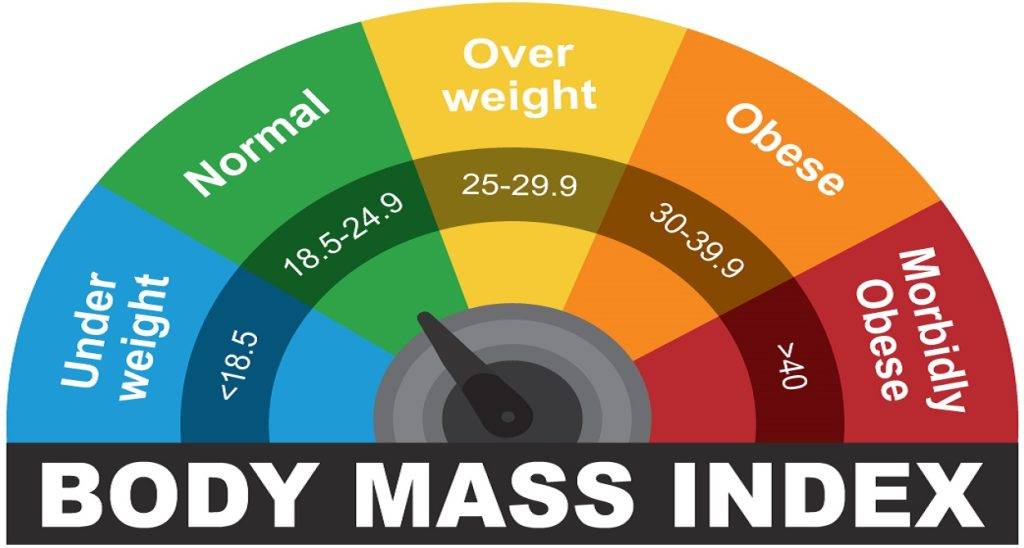Is BMI an Accurate Assessment of Health? What are the alternatives? Or should you head in the sand until you realise you have a health issue, and by then—whoops, it’s too late!
BMI, or Body Mass Index, is a widely used but controversial health assessment tool designed to estimate body fat and health risk based on weight and height.
While BMI is convenient and cost-effective, it has been criticized for oversimplifying health and not accounting for factors like muscle mass, bone density, body composition, and racial differences.
Research suggests that BMI alone can misclassify metabolic health, especially in certain populations, such as athletes, the elderly, and different racial and ethnic groups.
Despite its flaws, BMI remains a primary assessment tool in healthcare settings due to its accessibility. However, it should not be the sole indicator of health; other factors like blood cholesterol and glucose levels should also be considered for a comprehensive health assessment.
The American Medical Association (AMA) recognizes BMI’s limitations and encourages doctors to use it alongside other measures rather than relying on it exclusively.

Is BMI an Accurate Assessment of Health?
How is BMI Calculated
Ultimately, while BMI can provide a quick snapshot of weight status, it may not accurately reflect an individual’s overall health due to its simplistic nature and failure to consider various factors beyond weight and height.
BMI, or Body Mass Index, is calculated by dividing an individual’s weight in kilograms by their height in square meters. The formula for BMI is weight (kg) / height (m^2).
For example, if a person weighs 75 kilograms and is 1.75 meters tall, the BMI calculation would be 75 kg / (1.75 m)^2 = 24.5 BMI.
What are the Alternatives to BMI
Alternative methods for measuring body fat instead of BMI include waist circumference, waist-to-hip ratio, body adiposity index (BAI), hydrostatic weighing, and body fat measuring with callipers.
These alternatives provide more accurate indicators of body fat distribution and health risks than BMI, which does not directly measure body fat and can be influenced by factors like muscle mass.
Waist circumference, waist-to-hip ratio, BAI, hydrostatic weighing, and body fat measuring with callipers offer more precise assessments of abdominal obesity and overall health status
What are the Health Issues by Various BMI Ranking
Health issues associated with various BMI rankings include:
- Underweight (BMI less than 18.5 kg/m^2): Health problems can include nutrient deficiencies, weakened immune system, osteoporosis, and fertility issues
- Healthy Weight (BMI 18.5 to 24.9 kg/m^2): Individuals in this range generally have a lower risk of health issues related to weight
- Overweight (BMI 25.0 to 29.9 kg/m^2): Health risks may include high blood pressure, high cholesterol, type 2 diabetes, heart disease, stroke, and certain cancers
- Obesity (BMI 30.0 and above): Health consequences can involve an increased risk of mortality, high blood pressure, dyslipidemia, type 2 diabetes, coronary heart disease, stroke, gallbladder disease, osteoarthritis, sleep apnea, some cancers, mental health disorders, and reduced quality of life
These BMI categories indicate potential health risks associated with weight status.
They can guide individuals in understanding their susceptibility to various health conditions based on their BMI classification.
What are the Symptoms of These Diseases
The symptoms of high blood pressure typically include headaches, shortness of breath, and nosebleeds, although most people with high blood pressure do not experience any symptoms.
Dyslipidemia, characterized by high triglycerides and low HDL cholesterol, often presents without symptoms.
Type 2 diabetes can manifest with symptoms like increased thirst, frequent urination, fatigue, and blurred vision. By the time you realise it’s an issue – whoops, it’s too late!
Coronary heart disease may cause chest pain (angina) or a heart attack. By the time you realise it’s an issue – whoops, it’s too late!
Stroke symptoms include sudden numbness or weakness in the face, arm, or leg, especially on one side of the body, confusion, trouble speaking or understanding speech, and difficulty walking. By the time you realise it’s an issue – whoops, it’s too late!
Gallbladder disease can lead to abdominal pain, nausea, vomiting, and bloating. By the time you realise it’s an issue – whoops, it’s too late!
Osteoarthritis typically causes joint pain and stiffness. By the time you realise it’s an issue – whoops, it’s too late!
Sleep apnea may result in loud snoring, gasping for air during sleep, and daytime fatigue. By the time you realise it’s an issue – whoops, it’s too late!
